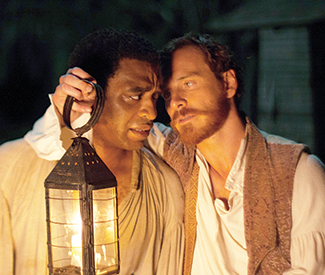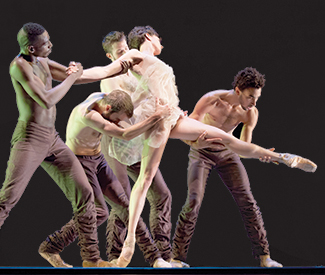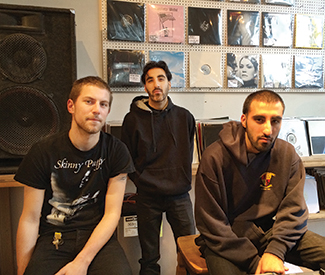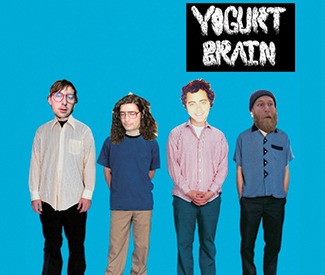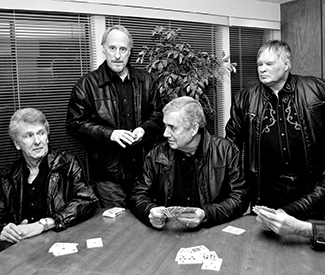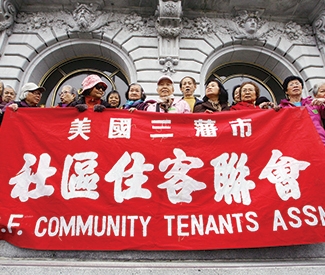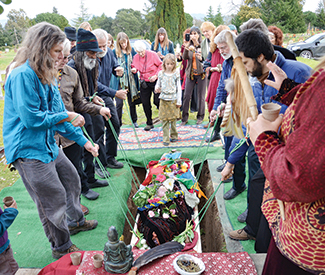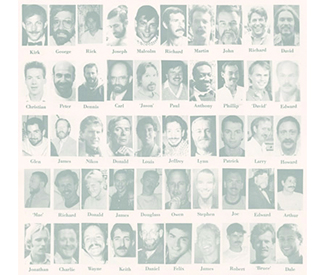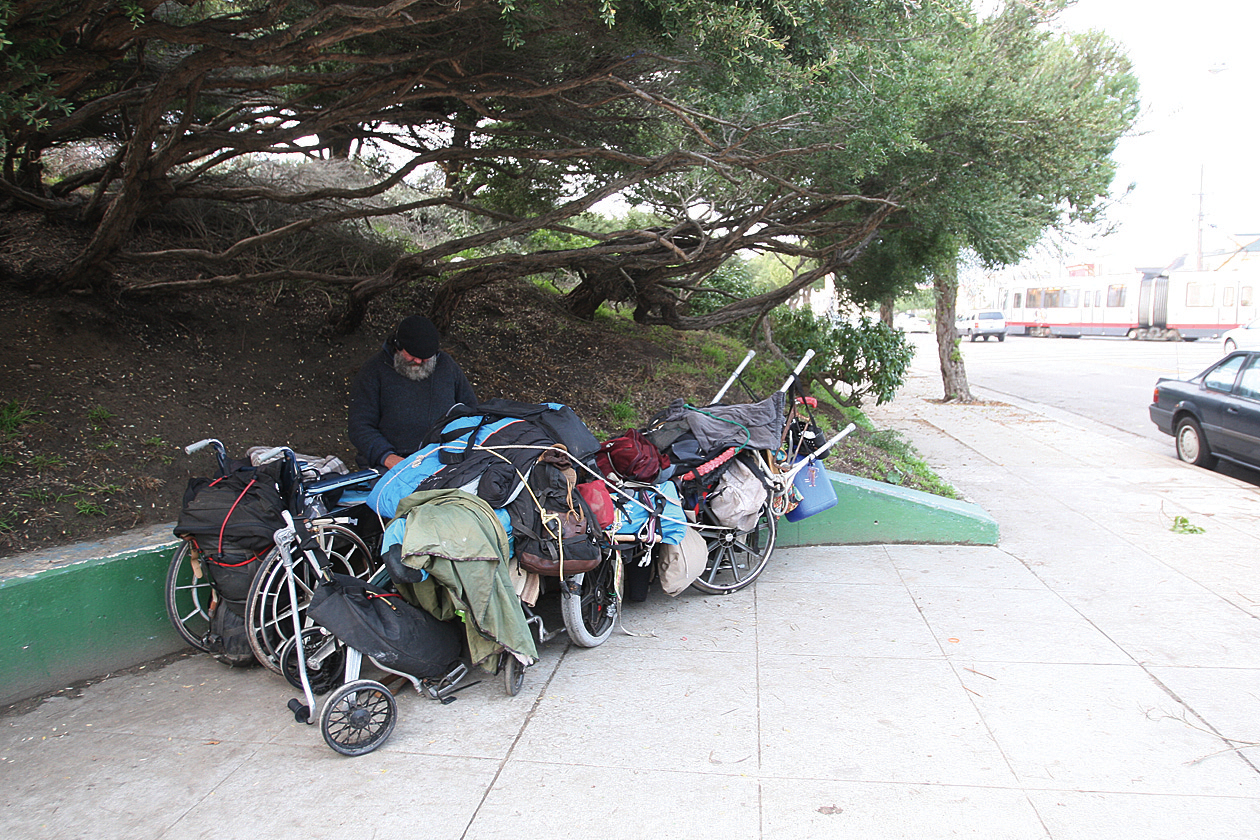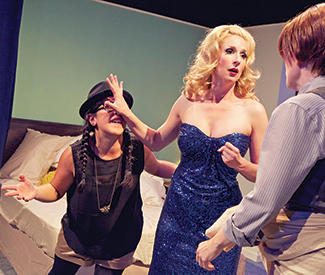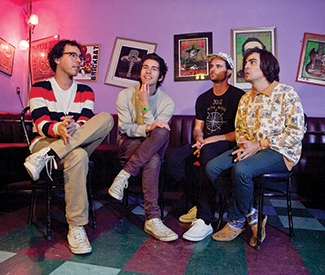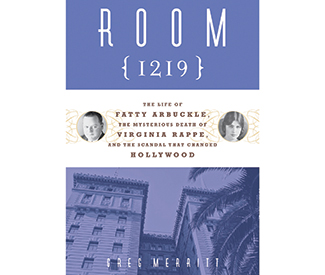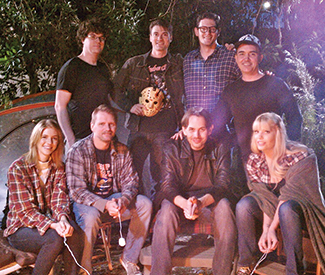news@sfbg.com
On Oct. 19, the second day of a BART strike that hobbled the Bay Area transportation system, two BART workers were struck and killed by a northbound train in Walnut Creek, adding a tragic and surreal element to the charged blame-games that have characterized this labor impasse.
Both the striking unions and BART management struck respectful tones following the accident, even as sources privately told journalists that the district may have been secretly training replacement drivers aboard the ill-fated train to offer limited service during the strike, a charge first printed by the San Francisco Chronicle on Oct. 21.
NTSB investigator in charge James Southworth confirmed at a press conference on the afternoon of Oct. 21 that the train was “in operation for training and maintenance purposes,” and that two of the six people on board were trainees, one of whom was driving at the time of the accident, although the train was in automatic, not manual, mode.
Asked whether the drivers had their safety certification, Southworth said, “the training is part of the certification process,” and refused to elaborate further. He said the train was going 60-70 miles per hour at the time, and it attempted an emergency stop. Just hours after the NTSB press conference, BART reached a tentative deal with its unions, ending the strike.
The district’s decision to run the trains without their regular operators was against the safety advice of the three striking unions, one of whom — Amalgamated Transit Union Local 1555 — even filed a lawsuit seeking to prevent BART from doing so.

A helmet at the scene of the crash, which a source says is possibly from one of the workers fatally struck.
“The use of uncertified training personnel to provide uncertified managers with a crash course in how to operate BART trains also presents a public safety issue,” the union’s attorneys wrote in the suit, which was filed in Alameda County Superior Court on Oct. 7.
BART workers undergo 15 weeks of safety training every three years, the suit said, training that saves lives. “All three of us, time and time again, told BART it would be unsafe to operate the system without trained current personnel,” SEIU Local 1021 Political Director Chris Daly told the Guardian.
BART officials have avoided directly answering the question about whether Saturday’s accident involved a training run, saying only that the train was on a “maintenance run,” initially reporting it was on its way to Richmond Station for graffiti removal and that an experienced driver was at the helm.
“The Board of Directors would need to approve limited passenger train service and at no point was this on an agenda to take up. The Board President has made comments saying it would be a decision for the board and that they had no plans to take up that issue at this time,” BART spokesperson Alicia Trost told the Guardian by email when we asked whether managers aboard the train were being trained to drive it, before the NTSB press conference, ignoring follow-up questions seeking a more direct answer.
When we asked BART Board President Tom Radulovich about the issue, he told us, “We were all told that BART would be running infrequent maintenance or inspection trains during the strike, in part to keep the system ready for re-start when workers return. Running passenger trains during a strike would be a decision for the Board, and we haven’t been asked to approve that.”
Daly stopped short of charging BART with compromising safety to train replacement workers, but he told us that union members have heard from managers for weeks that the district was considering operating with replacement drivers. And he said it “would fit BART management’s entire campaign to bust the unions.”
Pushed to strike
The belief that BART intentionally provoked what could be a long and costly strike was widely held and expressed by union members that gathered outside the Lake Merritt BART station to picket and rally on the first day of the strike. Many of them still openly grappled with the previous day’s surprising turn of events that put them in the position of going out on strike for the second time this year.
That morning on KQED’s Forum program, both Trost and SEIU Local 1021 President Roxanne Sanchez confirmed it was the district’s 11th hour demand for more authority to set work rules that caused negotiations to break down after days of intensive talks had gotten the two sides close to an agreement on the other issues.
BART officials publicly cast the work rule issue as about the district’s ability to modernize, citing how the district is still using fax machines and paper pay stubs rather than fully converting to electronic communications, blaming the requirement to consult with unions on procedural changes.
An NTSB spokesperson confirms that the train was being run for training purposes at a press conference Oct. 21.
But Daly told the Guardian that Trost and Radulovich had “completely mischaracterized” the conflict, and he speculated about whether Radulovich — who must approve the contracts but hasn’t been a party to the talks — was “being lied to” by BART’s management team and high-priced labor consultant.
Daly and other union leaders say work rules such as requiring union approval for changing past practices related to scheduling, hours, and the kind of tasks workers perform are essential to protecting things like the eight-hour workday, worker safety, and whistleblowing and free speech rights.
“It gets to the heart of workers having a voice on the job and what a union is,” Daly told us, acknowledging that “it’s an inherently unpopular move” to go on strike and a decision forced on the union by the district’s bargaining tactics.
“We had a basic framework understanding on the economics, but then BART illegally tied that to this work rule change on past practices,” Daly said. “And what that meant for us is in order to get a reasonable economic package, we needed to swallow this poison pill.”
George, a train engineer at the rally who wouldn’t give us his last name, said the work rules have been developed over decades, but that they shouldn’t be a barrier to modernizing.
“We have long term work contracts because we’re here for the long haul and the employer is here for the long haul, so we try to work these things out,” he told us, saying that the workers strongly support their union leaders and have told them, “Do not bring us back a lousy offer to vote on, do your job.”
But not all BART workers feel that way, and some have supported the district’s demand that the union put its “last, best, and final offer” up for a vote of the membership.
“I’m really pissed. Obviously there’s been a decision in our union. I don’t think the union is representing us, the [transit vehicle mechanics]. Nobody wanted to strike, not us,” said Robert Earl Bright, a BART engineer/mechanic profiled in the Guardian this summer. “None of the TVMs wanted to strike. Work rules, I have no concept of them.”
SEIU Local 1021 Executive Director Peter Castelli told the Guardian that he understands the concerns of workers like Bright, but that he think most members will support the decision to strike once they get more information.
“It’s a fast evolving situation, with the stewards and union leadership saying ‘we gotta go out.’ So explaining things to our own membership takes time,” Castelli told us.
He ridiculed statements by district officials that the unions are resisting modernizing the system. “Some of the people in BART have technology degrees,” Castelli told the Guardian. “They’re keeping the trains from wrecking, so we’re not afraid of technology.”
Instead, both Daly and Castelli said that the district was deliberately trying to provoke a strike by making a last minute demand that it knew would be unacceptable to the unions. “It’s to make us strike. The public is devastated by this, and for good reason, and we’re very sympathetic. So they’re thinking that, ‘Maybe we make them strike one more time and they’ll fold,” Castelli told us. “Our only other option is submission and surrender.”
Safety issues
On the second day of the strike, Oct. 19, two BART workers were struck and killed by a northbound train in Walnut Creek, and the NTSB investigation could take as long as a year to draw conclusions about what happened.
What we do know is this: Christopher Sheppard, a BART manager and member of the AFSCME union, and Larry Daniels, a contractor, were inspecting a “dip in the rail” before they were hit by an oncoming train. There was a camera inside the train facing the cabin, but no camera facing out towards the track.
Longtime BART safety trainer Saul Almanza arrived at the scene shortly after the public was notified of the accident. He described the site of the crash as gruesome, in an interview with the Guardian. He had Sheppard and Daniels in his safety classes. He knew them. He stared downward as he remembered seeing the forms of his fellow workers under yellow sheets.
Shortly before NTSB’s Southworth revealed that the operators were in training for their safety certification, one longtime BART safety expert sat with the Guardian to explain the rules that protect workers lives out on a track — rules that have been a big part of the labor negotiations, with unions insisting on better safety protections.
Almanza spent years training workers in the rules that may have failed the workers who died over the weekend. Much of training revolves around safety procedures of BART’s Simple Approval process, meant to protect workers on the rail.
Simple Approval keeps the Operations Control Center “aware of the presence of personnel in a specified location in the trackway,” according to a BART safety manual. When workers are preparing to work on a track, they must recite the simple approval to the control center, also known as central control. It works like signing a waiver, saying that you understand the rules of safety, and more importantly, that you can work on the track without diverting trains.
Cars of steel can whip by at any moment, so it’s important for workers to use simple approval to signal to central control that they are prepared. But it’s also a warning system. Once simple approval is given, train operators are supposed to be notified that someone is working on the tracks.
When central control enters that information into the computer, an automated message is relayed to all of the BART system, including trains, warning which tracks have workers in harm’s way. Alarmingly, audio from BART dispatch, obtained by journalist Matthew Keys, revealed that the automated message from central relayed that there were no workers on the tracks.
It was wrong.
Freelance journalist Matthew Keys captured dispatch audio from BART erroneously reporting no workers were on the tracks.
“A message from BART operation: there are no personnel wayside,” the automated message said in a female tone (wayside means on the tracks). Afterward, a voice piped up on dispatch to correct the automated message. “Disregard, attention all personnel, we have personnel wayside,” said the next message, this time by a human worker.
But the erroneous message could have confused the train operator, Almanza said, and possibly led to a fatal error.
A more experienced operator may have caught the subtleties in the communication, he said, but someone who was refreshing their skills might not have caught the second message. Catching shifting commands quickly is “one of the nuances” of train operations, Almanza said.
Even if the train operator wasn’t expecting the workers to be on the tracks, there were still measures in place to ensure their safety. One of these is the 15-second-rule.
BART’s 15-second-rule says a worker can’t work somewhere on the track from which they can’t see a train coming 15 seconds away — like around a curve, elevation, or track shrouded by vegetation. If they need to work in a section of track with less visibility, they have to follow a different set of procedures by obtaining a work order.
Almanza said a lingering question is whether the section of the track Daniels and Sheppard worked on fell under the standards of the 15-second rule. Having a sight line is important, he said, because you can’t use your ears to hear a train coming.
“It’s like a jet flying over you, you don’t hear it until it’s past you,” he explained. “I always teach in my class: ‘You don’t listen for trains, you look for trains.'”
When the workers follow the letter of the 15-second-rule to a tee, he said, they see a train coming and retreat to safety. Yet Almanza said the accident is perplexing because these workers had years of experience. Paul Oversier, BART’s head of operations, also confirmed the men in the accident were experienced professionals.
“They understand the railroads and understand moving trains, they were doing today something they’ve done a thousand times,” Oversier said at a press conference just after the accident.
But even experienced workers need to be recertified in safety protocol, Almanza said. With most of the experienced transit workers on strike, the BART train that struck the two workers was used for training. It’s still unclear what role that played in the tragedy.
Tim Daw contributed to this report.

